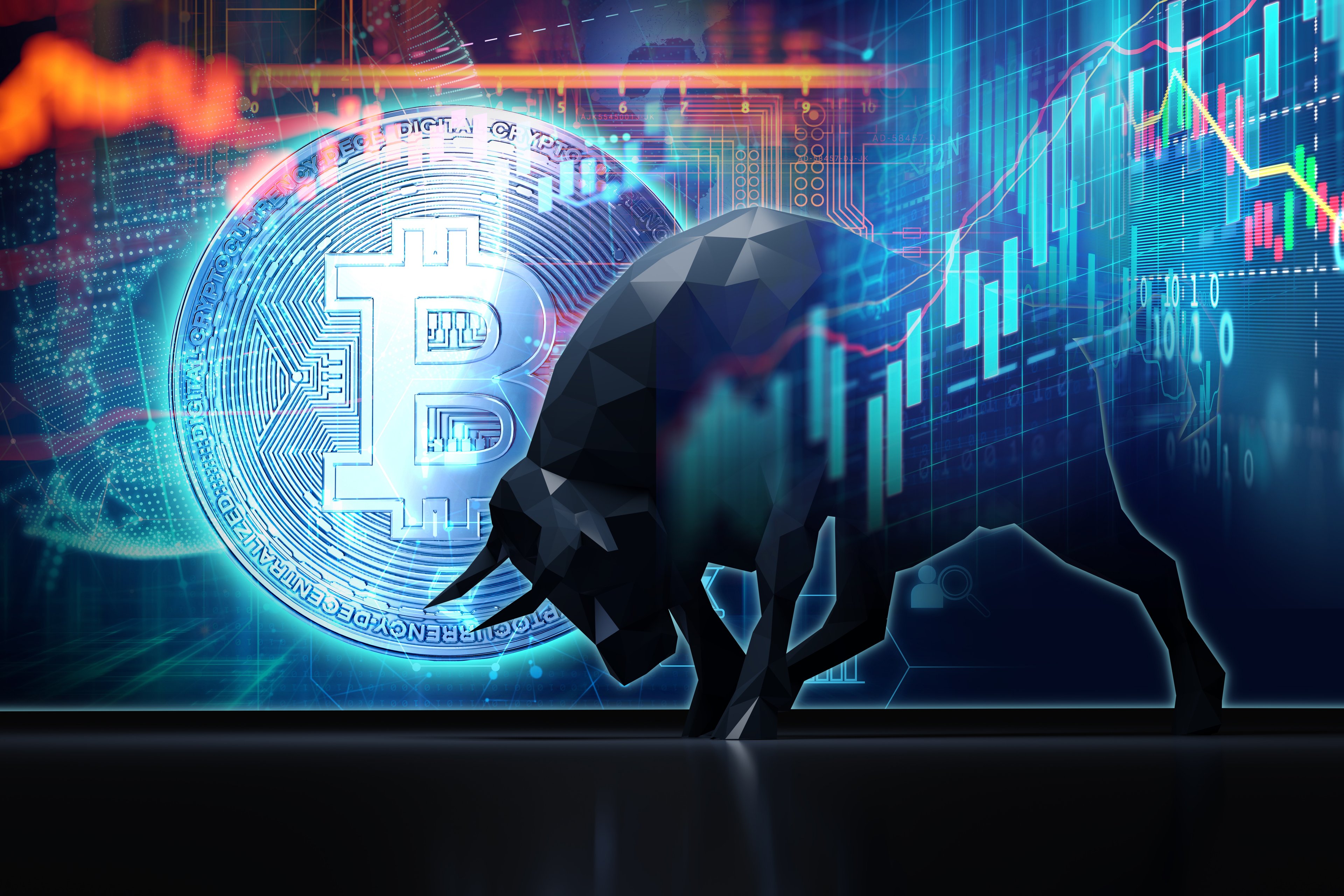If you have ever hiked a mountain with a few false summits, you know the moment: You crest the ridge, take in the view, then notice a slightly higher peak ahead. That's where XRP (XRP 2.04%) might be today.
On July 18, XRP marked a fresh all-time high of about $3.65, and the coin has gained 440% during the past 12 months. That makes the idea of doing the same thing again less of a fantasy and more of a reasonable scenario for investors to weigh, especially if the tailwinds supporting the coin's price continue or even accelerate. Let's consider the coin's chances of beating its prior record price.

Image source: Getty Images.
Why another new high is very plausible in the near term
The coin making new highs might grab headlines, but long-term compounding comes from utility and adoption. Ripple, the company that issues XRP, is building the payments and liquidity stack around XRP in ways that can add durable demand.
Its U.S. dollar stablecoin launched in December 2024, and crossed $642 million outstanding this summer, a helpful on-chain base layer for payments and settlement.
The company also agreed to acquire Rail, a stablecoin-focused payments platform, for roughly $200 million, signaling a faster push to enterprise payment flows that can use XRP. The purchase should close sometime in the fourth quarter.
As the XRP Ledger (XRPL) becomes more of a destination for hosting stablecoins and applications that use them, the total value stored on the chain will increase, pumping up the price of its native token, XRP. Importantly, Ripple's control of the issuance of its stablecoin effectively means that it can inject liquidity directly into the ecosystem of its chain whenever it wants. As more institutional investors onboard, Ripple will be pushing that button more frequently, as holders of large sums of capital will be attracted by the ability to do on-chain transactions in the size they prefer.
That won't be the only driver of higher prices for XRP. XRPL is intentionally built for financial institutions that need compliance-friendly money movement and asset issuance. That design shows up in the network's feature set, which is slated to continue expanding.
Today, asset issuers can require authorization before their tokens are held, freeze assets at the issuer level when legal obligations demand it, and generally enforce transfer restrictions without a duct-taped tangle of smart contracts. Those are the controls that banks and asset managers look for when they consider moving real value on-chain.

CRYPTO: XRP
Key Data Points
So between significantly shoring up its stablecoin platform and building out the chain's technology, XRP is very likely to continue climbing in the near term as financial operators look to find safe and compliance-friendly places for their capital.
What actually matters for investors from here
What could go wrong to prevent XRP from reaching a new high? Quite a bit.
The exchange-traded fund (ETF) approvals anticipated for later this year could slip, especially if regulatory priorities change. Competition from other chains, particularly Ethereum (and, to a lesser extent, Solana) remains fierce in key segments like stablecoins and payments tooling, where network effects and developer mindshare are meaningful advantages XRP is still working to attain.
Therefore, the smarter move here is not to waste time thinking about whether the coin can surpass its former all-time high. Rather, focus on whether the odds are improving that XRP's utility and capital base will be larger in 12 to 36 months. Based on the evidence, that second proposition looks extremely likely. That's before even taking into account other favorable dimensions, like the bullish macro environment or Ripple's receding legal issues.
If you are building a position in XRP, the price at the high water mark is less important than your conviction that the next few highs will be driven by growing usage. Accumulate it gradually, and size your positions so that delays or setbacks in the chain's roadmap don't lead you to sell on emotion.
Lastly, be sure to keep your eye on the boring metrics that actually matter, like on-ledger assets, institutional partnerships that move real payments, and tangible regulatory wins.







